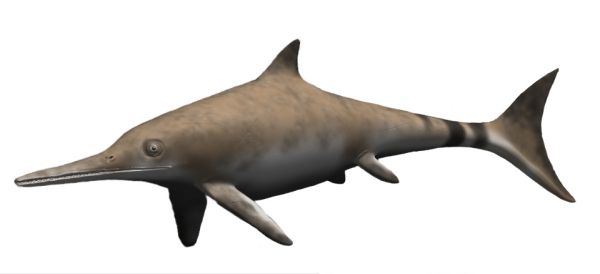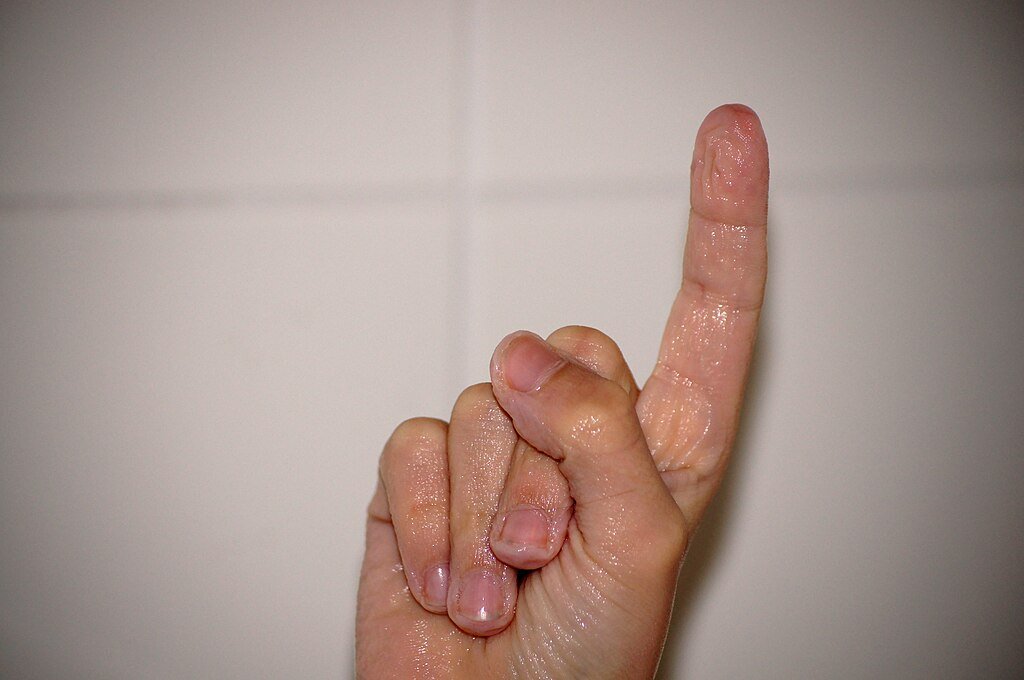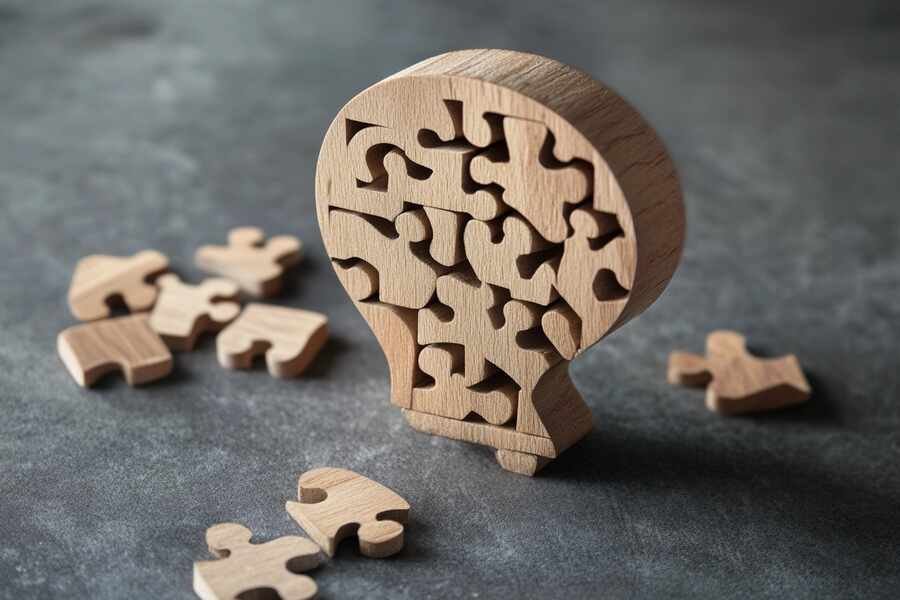Mary Anning (1799–1847) First Female Scientist
Mary Anning made several important discoveries as an amateur fossil collector in the first half of the 19th century, including a nearly complete ichthyosaur skeleton. Her discoveries were key to the development of paleontology as a discipline in England.
Lyme Regis Cliffs
Mary Anning by B J Donne, born May 21, 1799 in Lyme Regis (south coast of England), Mary is the daughter of Mary Moore – known as Molly – and Richard Anning, a cabinetmaker who makes ends meet by collecting and reselling fossils found in the surrounding cliffs. Mary is one of ten children, only two of whom survive to adulthood, the others succumbing to disease or accidents at a young age.
Mary herself, when she was only fifteen months old, almost died when lightning struck a tree under which a neighbor sheltered and held her in her arms, killing three people. His doctor then declared his survival a miracle, and the members of his community later attributed much of his curiosity, intelligence and liveliness to this accident.
Mary Anning goes to school, where she learns to read and write but, coming from a rather poor background, her education remains quite limited. Times are hard, especially following the French Revolution and the Napoleonic Wars which cause food shortages and food price increases. To earn some money, Richard regularly takes Mary and her brother, Joseph, on fossil-collecting expeditions to the cliffs of Lyme Regis. The coast is particularly full of ammonites and belemnites, which are sometimes believed to have medicinal properties and which are easy to resell to the tourists who flock to the region in large numbers. During the winter months, the rains cause landslides which make the cliffs dangerous, but which also unearth new fossils and the Annings visit there regularly.

Bronze sculpture of palaeontologist Mary Anning, created by artist Denise Dutton, situated in Lyme Regis, Dorset, England. Carbonmoon, CC BY-SA 4.0, via Wikimedia Commons
The ichthyosaur
In 1810, Richard died and left his family in debt and destitute. Molly and her children Joseph and Mary, who were then only fourteen and eleven years old, then decided to devote themselves full time to collecting and reselling fossils. The following year, Joseph and Mary dig up first a skull and then the remains of an ichthyosaur skeleton. Sold to a local nobleman who in turn resold it to a well-known collector who exhibited it in London, the skeleton aroused considerable interest at a time when Genesis was taught, the creation of the world in six days and an Earth created a few thousand years earlier. The Annings began to have a few regular customers, including Lt. Col. Thomas James Birch. In 1820, when the family had not made any major discoveries for more than a year and were once again crumbling in debt, he resold the fossils he had bought from them at auction to pay them part of the profits.

Restoration of Ichthyosaurus communis, Early Jurassic England. Nobu Tamura (http://spinops.blogspot.com), CC BY 3.0, via Wikimedia Commons
Joseph then began an apprenticeship with an upholsterer, and Mary Anning found herself at the head of the family business. She sells for a few shillings ammonites and belemnites, common in the region, as well as vertebrate bones which are more expensive but are much rarer. In 1823, she discovered the first Plesiosaurus (a large aquatic reptile dating from the Jurassic period) then a pterosaur (a flying reptile from the Upper Triassic) in 1828. Reading all the scientific literature she could obtain and spending her days on the cliffs looking for fossils, Mary develops an important knowledge and science. She is able to immediately identify a fossil and converse with renowned scientists. Over the course of the discoveries, she acquired a reputation and, in 1826, she was able to save enough to buy a house with a window for her shop. Geologists, paleontologists and fossil collectors from Europe and America, and even King Frederick Augustus II of Saxony visited his store and bought specimens from him.
Mary Anning and the scientific world
Collecting fossils on the cliffs, especially in winter, remains dangerous. Thus, in October 1833, Mary Anning was nearly killed in a landslide that did not spare her dog Tray. However, she does not stop her activity, gradually gaining confidence in her own knowledge. In 1839, she wrote to the Magazine of Natural History, to point out to them an error concerning a fossil of a prehistoric shark; the magazine publishes an excerpt from his letter. This will be his only publication. As a working-class woman, Mary is not admitted to the Geological Society of London, and despite all her science and knowledge, her findings are routinely published by men who frequently forget about her. mention. Mary develops resentment. She is not admitted to conferences, but many geologists visit her to discuss classification or anatomy, or to hunt for fossils with her. She frequents Henry De la Beche, William Buckland or Louis Agassiz.
In 1835, following a bad investment, Mary lost most of her savings and again finds herself in financial difficulty. Her friend William Buckland then persuaded the British Science Association and the government to grant her a pension, allowing Mary to regain some financial stability. In 1846, Mary fell ill and was diagnosed with cancer. The geological society then organizes a fundraiser to help pay for his health expenses.
Mary Anning died of breast cancer on March 9, 1847, at the age of 49. Her friend Herny de la Beche, president of the Geological Society, then wrote a eulogy which he read at a meeting of the society, an honor then reserved for men. The eulogy begins with these words:
“I cannot close this notice of our losses by death without advertising to that of one, who though not placed among even the easier classes of society, but one who had to earn her daily bread by her labour, yet contributed by her talents and untiring researches in no small degree to our knowledge of the great Enalio-Saurians, and other forms of organic life entombed in the vicinity of Lyme Regis…” was not part of the privileged classes of society, which had to earn its daily bread by work, but which contributed by its inexhaustible talents and researches, and to a significant extent, as far as we know, of euryapsids, and other forms of organic life buried in the vicinity of Lyme Regis.”
Sources: PinterPandai, Natural History Museum – London, Britannica, University of California Museum of Paleontology
Photo credit: Credited to ‘Mr. Grey’ in Crispin Tickell’s book ‘Mary Anning of Lyme Regis’ (1996), Public domain, via Wikimedia Commons



